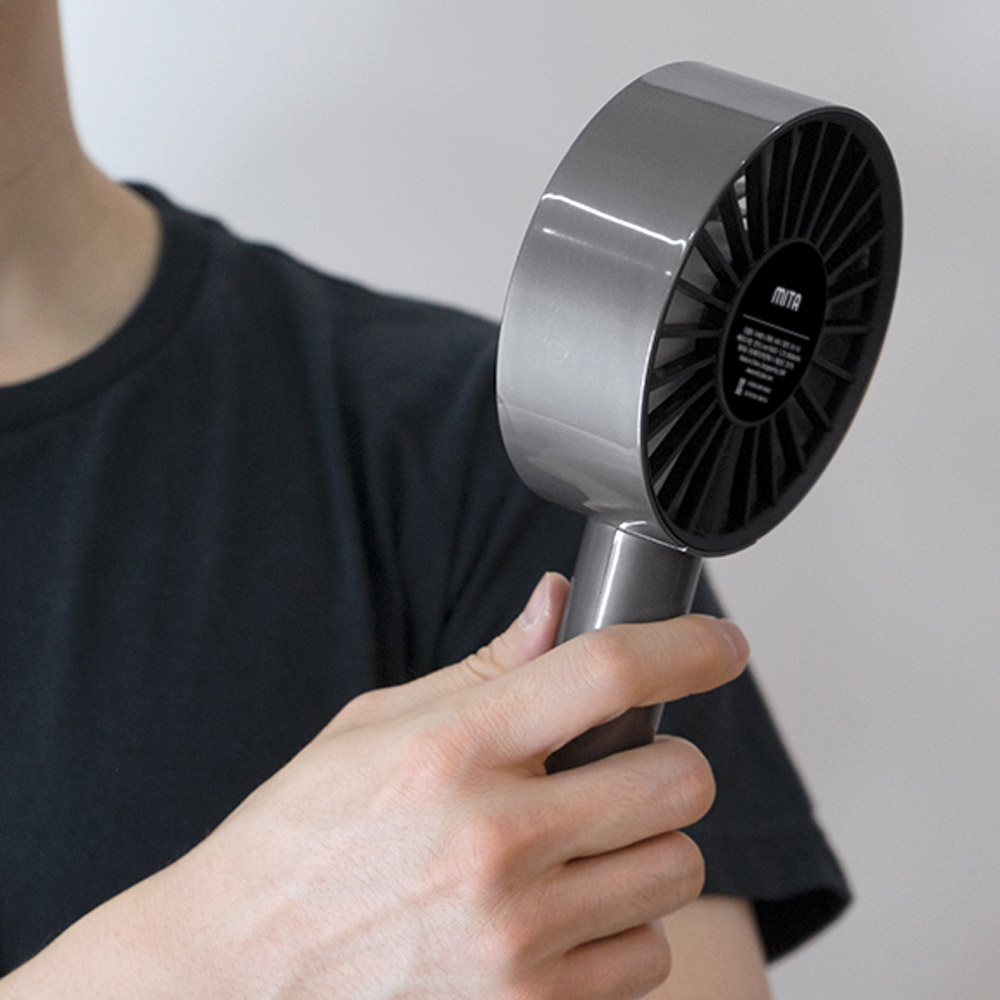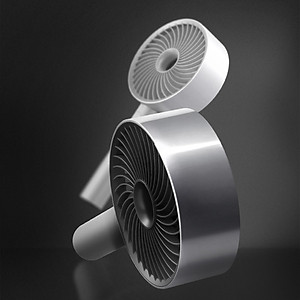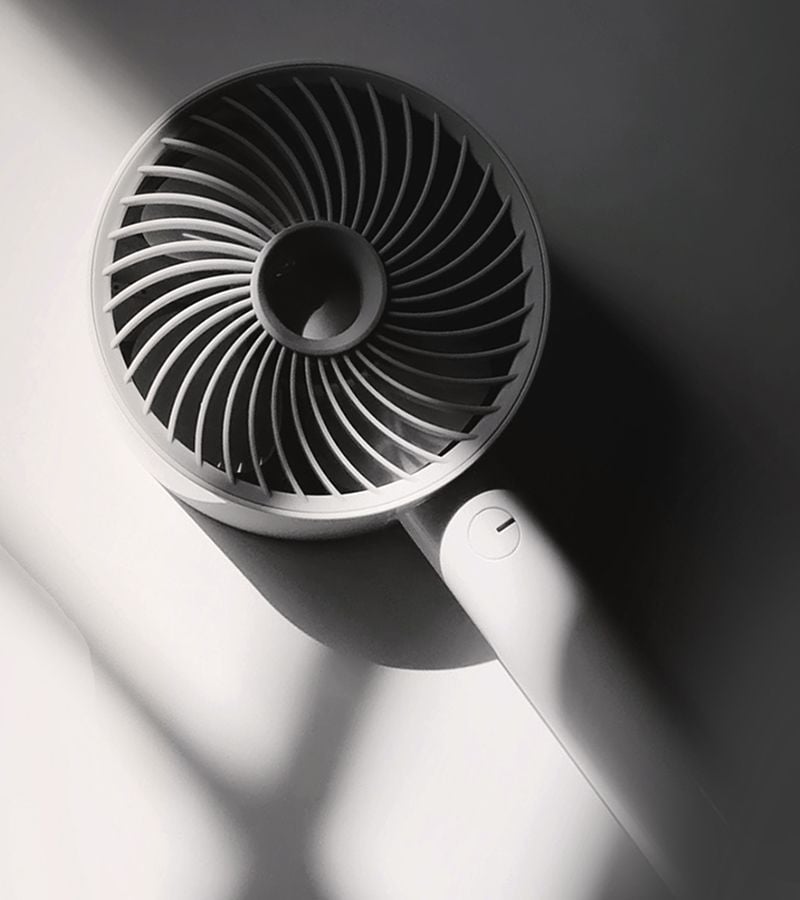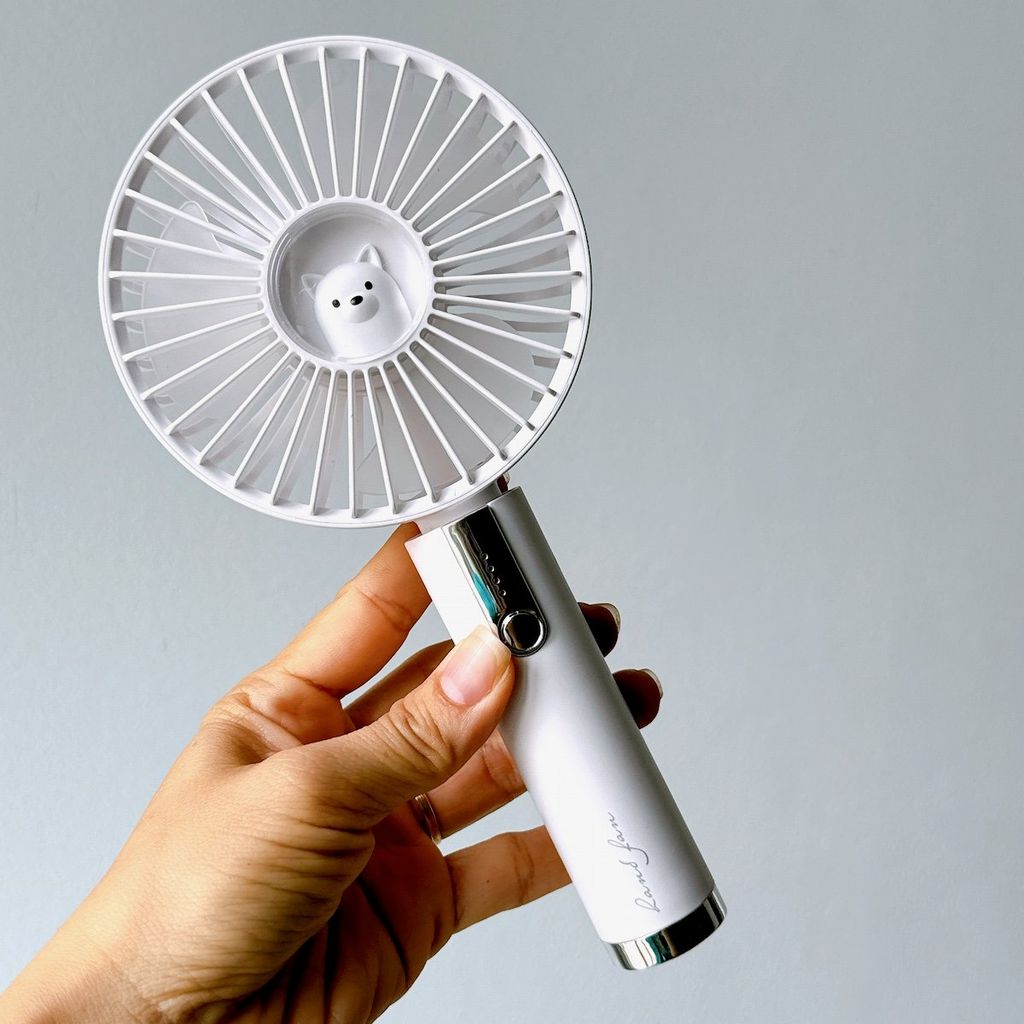Vietnam's Ascent: Powering the World with iPhone Charging Cables
Vietnam's Ascent: Powering the World with iPhone Charging Cables
In the vast and ever-evolving global electronics industry, Vietnam has emerged as a formidable player, transforming itself into a critical hub for high-tech manufacturing. A prime example of this meteoric rise is the country's dominance in producing iPhone charging cables. What was once a market heavily concentrated in a few select regions has now diversified, with Vietnamese factories at the forefront, supplying millions of cables that power our digital lives every day. This article explores the intricate ecosystem behind the manufacturing of these essential accessories, delving into the technological prowess, stringent quality control, and strategic advantages that have cemented Vietnam's position as a global leader in this specialized field.
The demand for reliable, durable, and fast-charging cables has never been higher. As iPhones and other smart devices become more integral to our daily lives, the need for a seamless and safe charging experience is paramount. Manufacturing a high-quality charging cable is far more complex than it appears. It involves a sophisticated process that combines advanced material science, precision engineering, and a deep understanding of electrical safety standards. Vietnamese manufacturers have mastered this process, earning the trust of international brands and consumers alike.
The Art of the Cable: From Raw Material to Finished Product
The journey of an iPhone charging cable begins long before it reaches a factory floor. It starts with the meticulous selection of raw materials. The heart of any cable is its core, which consists of multiple strands of high-purity copper wire. This material is chosen for its excellent conductivity, ensuring minimal resistance and efficient power delivery. For fast-charging cables, the copper wires are often thicker and more numerous to handle the higher wattage required by protocols like USB Power Delivery (PD).
Once the copper wires are prepared, they are insulated with high-quality polymer materials to prevent short circuits and electrical interference. This insulated core is then surrounded by a protective shield, often a layer of aluminum foil or a braided wire mesh, to guard against electromagnetic interference (EMI) that can disrupt data transfer. This multi-layered design is a hallmark of premium cables, and Vietnamese factories have perfected the process of integrating these layers with precision.
The outer jacket of the cable is another critical component, chosen for its durability and feel. Many manufacturers in Vietnam use braided nylon or TPE (Thermoplastic Elastomer), materials known for their flexibility, resistance to wear and tear, and ability to prevent tangling. The use of these high-quality materials ensures that the finished cable can withstand the rigors of daily use, from bending and twisting to being packed in a bag.
The most complex part of the assembly is the connector head. For iPhone cables, this is where the C94 Lightning connector or the USB-C connector is attached. This process requires micro-level precision. Inside the connector head is a tiny E-Marker chip, which communicates with the iPhone and the power adapter to ensure a safe and optimal charge. Vietnamese factories have invested heavily in the robotic machinery and skilled labor needed to accurately solder these tiny components, a crucial step that determines the cable’s reliability and compatibility.
The final assembly involves encasing the wired components in the plastic or metal connector housing, followed by a series of automated and manual checks to ensure a perfect fit and finish. The process is a seamless blend of sophisticated automation and the watchful eye of experienced technicians, ensuring that every product meets the factory's exacting standards.
Uncompromising Quality Control: The Foundation of Trust
In the electronics industry, a product is only as good as its quality control. For a device that handles electricity and connects to a valuable phone, safety is paramount. Vietnamese manufacturers have built their global reputation on an unwavering commitment to quality assurance, a process that goes far beyond a simple visual inspection.
Every single batch of charging cables produced undergoes a series of rigorous tests. This includes:
- Electrical Performance Tests: Each cable is checked for its ability to deliver stable voltage and current under various loads. This ensures the cable provides a consistent charge and doesn't cause damage to the device's battery.
- Durability and Mechanical Tests: Cables are subjected to a battery of physical stress tests. This includes bending tests, where a machine repeatedly bends the cable at the connector joint to ensure it can withstand thousands of bends without breaking. Pulling tests measure the strength of the connection between the cable and the connector head, ensuring it can handle accidental tugs. Tension and abrasion tests check the resilience of the outer jacket.
- Environmental Stress Tests: Cables are placed in temperature and humidity chambers to simulate various climatic conditions. This ensures the product remains reliable whether it is used in a hot, humid climate or a dry, cold environment.
Beyond in-house testing, a key differentiator for top-tier Vietnamese manufacturers is their pursuit of global certifications. Compliance with CE (Conformité Européenne) for European markets and RoHS (Restriction of Hazardous Substances) for environmental safety is standard. However, the most coveted certification for iPhone cables is MFi (Made for iPhone/iPad/iPod). This is a licensed program from Apple that guarantees a product's compatibility, quality, and safety. Earning MFi certification is a significant achievement that proves a manufacturer's adherence to Apple's extremely high standards, a seal of approval that sets Vietnamese factories apart from their competitors.
Vietnam's Strategic Advantage in a Globalized World
Vietnam's rise as an electronics manufacturing hub is no accident. It is the result of a deliberate combination of strategic factors that have made the country an attractive destination for both foreign investment and local entrepreneurship.
One of the most significant assets is its young and skilled workforce. Vietnam has a large, educated population with a strong work ethic. The government and private sector have invested in vocational training and engineering programs, creating a talent pool that is well-equipped to handle the complexities of modern manufacturing. This provides factories with a stable and reliable source of labor that is both adaptable and quick to learn new technologies.
Another key factor is the country's cost-effectiveness. While labor and operational costs have been increasing, they remain highly competitive compared to traditional manufacturing centers. This, combined with a supportive government policy that offers incentives for foreign direct investment, has created a business-friendly environment that fosters growth and innovation. The Vietnamese government has recognized the importance of the high-tech sector and has actively worked to streamline regulations and improve infrastructure to support it.
Finally, Vietnam's strategic geographic location in Southeast Asia provides excellent logistical advantages. Its extensive network of ports and its proximity to major global shipping routes allow for efficient and cost-effective export of goods to markets across Asia, Europe, and the Americas. This logistical advantage is a major reason why many companies are now diversifying their supply chains and shifting production to Vietnam, reducing their reliance on other regions.
The Future of Charging Cables: Vietnam's Vision
Looking ahead, the future of iPhone charging cable manufacturing in Vietnam is poised for continued growth. The industry is constantly evolving, with new technologies and consumer demands shaping the market. Vietnamese manufacturers are not simply reacting to these changes; they are actively driving innovation.
The rise of sustainable and eco-friendly products presents a new frontier. Manufacturers are exploring the use of recycled materials and more environmentally friendly production processes to meet the growing consumer demand for greener products. Furthermore, the development of even faster-charging technologies and wireless charging solutions will require continuous investment in research and development.
Vietnam’s ability to move up the value chain—from being a place for simple assembly to becoming a center for sophisticated design and engineering—will be the key to its long-term success. By continuing to invest in technology, foster a culture of quality, and build strong partnerships with global brands, Vietnamese manufacturers will not only maintain their position but also expand their influence in the world of electronics.
In conclusion, the story of iPhone charging cable manufacturing in Vietnam is a compelling narrative of transformation. It is a story of a nation that has harnessed its unique strengths to become a vital part of the global economy. As our lives become more connected and more dependent on technology, the cables manufactured in Vietnam will continue to play an essential role, powering our devices and, in a sense, powering the world.
Vietnam's Ascent: Powering the World with iPhone Charging Cables















